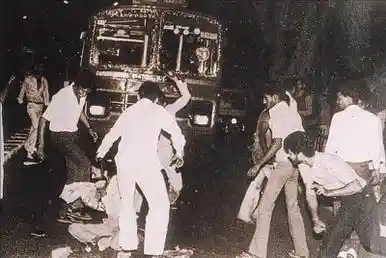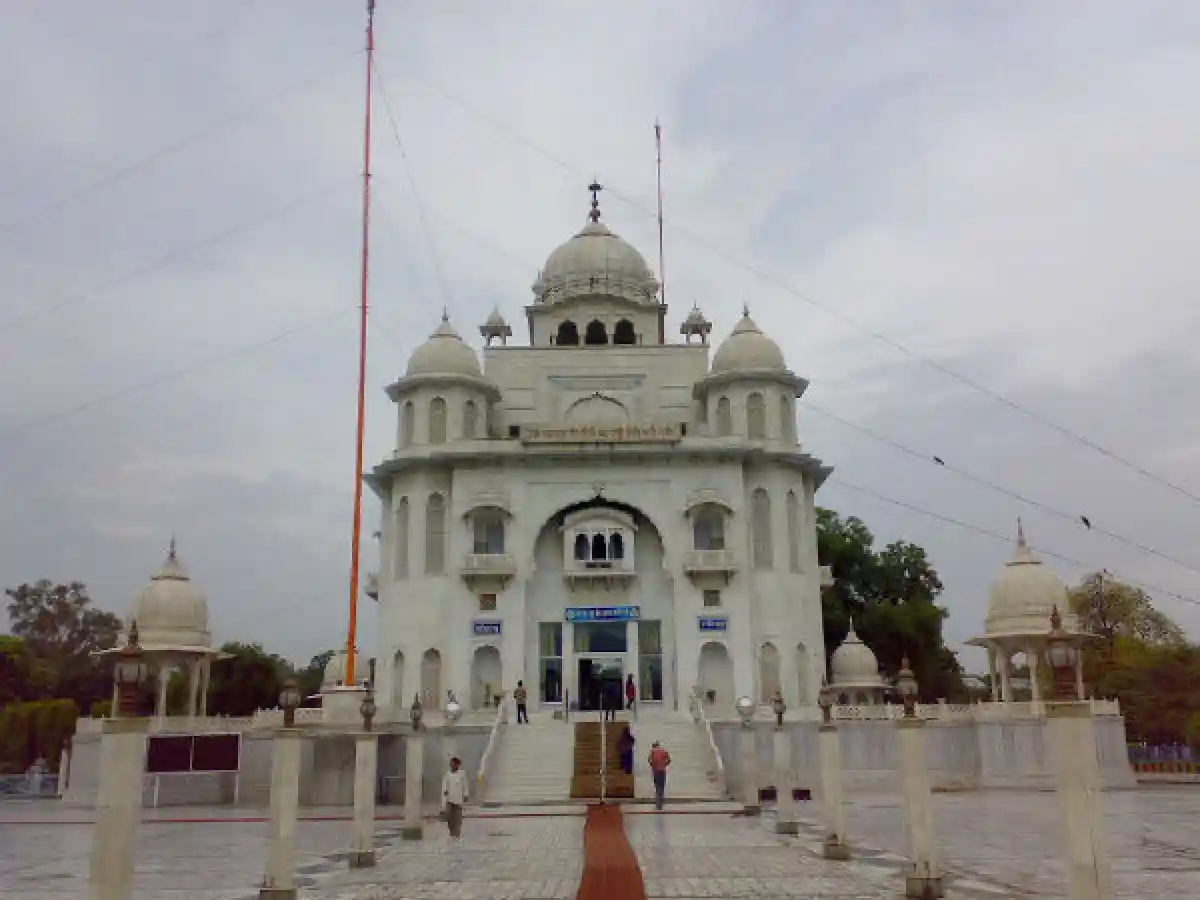Records of violence
In the wake of Indira Gandhi’s assassination, the Sikhs found themselves cornered and defeated. Mob violence and civil unrest spread to all parts of the city of Delhi and people who had once been on good terms with the Sikhs, now attacked them mercilessly. This episode covers two reports that were recorded at the Parliament Street Police Station.

A man being beaten by the mob. Image source: Wikimedia commons
Like all countries, India also has a history of violence. The 1984 Sikh riots are one of the most gruesome and violent episodes in Indian history.
We're all aware that the assassination of Indira Gandhi by her Sikh bodyguards triggered episodes of violence across the country.
The Sikh community, a minority community in India, was targeted and brutally terrorized.
According to the Ahuja committee, about 2773 Sikhs were killed during the riots in Delhi. Many Sikh representative bodies claim that the actual number was more than 3000.
The riots began on 31st October 1984 and continued till 7th November 1984. However, the first three days were the worst, and it was estimated that maximum violence was exercised on 1st and 2nd of November.
The investigating committees also observed a pattern in the attacks on the Sikhs. As most Sikhs were Taxi drivers or owned shops, many of their taxis and shops were destroyed. Moreover, the police did not intervene or do anything to quell the situation.
In Delhi's Gurudwara Rakab Ganj Sahib, sewaks and devotees could not step out as angry mobs roamed outside the Gurudwara. There are eyewitness accounts of an old Sikh man being beaten and burnt after a white powder was sprinkled on him. The man's son met a similar fate. Though they were still alive, they could not get any medical help which ultimately resulted in their deaths.
In addition to that, Shri Ram Bilas Paswan's Bungalow was also attacked as he was sheltering Sikhs. In his testimony, he recalled that he tried to contact the Home Minister and was assured by his private secretary that the police were on their way to help him.
But the police did not arrive, and his residence was attacked at 4 p.m. The mob broke open the front gate and vandalised the property. They also managed to get hold of the Sardarji hiding in the compound. He was thrown alive into the garage they'd set on fire.
Paswan reported that he saw a police van passing through the road many times, but they did nothing to curb the violence. It was only around 6:30 or 7 p.m that the police arrived, and Ram Bilas Paswan was informed by some people that a few Congress workers were a part of the mob.
These two reports were from the Parliament Street Police station. Unfortunately, there are many such reports from all the corners of Delhi. The purpose of bringing these two events to the fore is to show how a minority community became the target of violent activities. It also goes on to show that during the chaos, there's no room for sensibilities.

Gurudwara RakabGanj Sahib where Sikhs were attacked. Image source: One India


